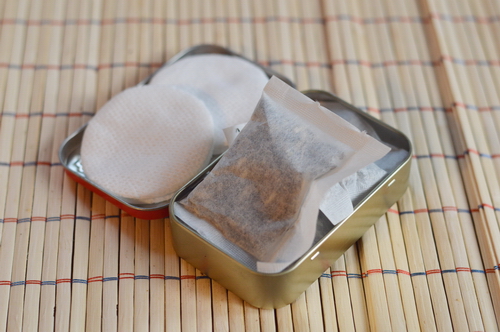Herbal Skill: The Ancient Art of Poultice Making
You’ve probably used a poultice without realizing it. If you’ve ever made a clay facial mask you’ve used a poultice. A poultice is used to draw impurities out of the skin, to increase circulation, and promote healing.
Poultices are usually applied warm to encourage circulation. They encourage the body’s own healing mechanisms to move blood and lymph to purify the body of foreign invaders and toxins. In the case of venom or poison the poultice protects surrounding tissue from damage as it draws out the venom from an injury.
The most basic of poultices is the plantain “spit poultice” used on spider bites and mosquito bites to quickly draw out the venom before the surrounding tissue is injured. To make it a fresh plantain leaf is chewed by the person who needs it. Then the leaf, now mashed and mixed with saliva is applied directly to the injury.
In the case of bee stings, I’ve seen this immediately reduce the pain and swelling so that the injury site was hard to find.
While this isn’t a course on poultice making, other poultices that grandma’s commonly employed 100 years ago included:
- Mustard plaster for lung infections
- Bread and milk poultice for infections
- Clay poultice for infections
- Dandelion leaf poultice for bites and stings
- Plantain poultice for bites, stings, and nettle rashes
- Charcoal poultice for skin infections
- Onion plaster for colds and chest infections
- Kombucha scoby poultice for eczema and skin rashes
- Marshmallow and plantain poultices for skin rashes and eczema
Mustard or onion plasters should not be applied directly to bare skin as these can burn and blister the skin, because of the chemicals in the plant material.
Poultices should in most cases be applied warm and then a cloth or towel put over it to hold in the heat. But they should not burn the person receiving the poultice.
The exception to this is when the poultice is applied to a condition that is already inflamed and hot, like a sunburn or eczema rash. Then cold or room temperature poultice are best.


